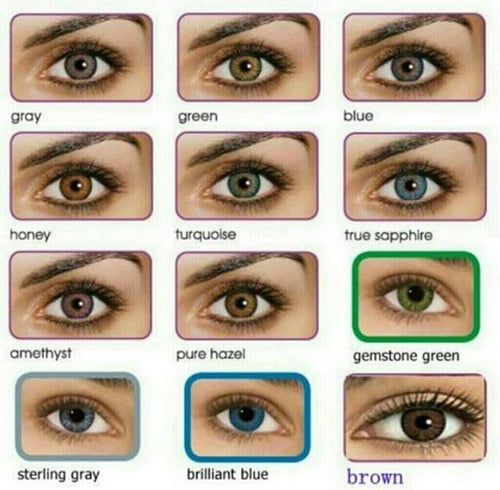There s a reason that certain color combinations are hard on your eyes

There’s a reason that certain color combinations are hard on your eyes.

Have you ever wondered why some color combinations seem to strain your eyes and cause discomfort? It turns out, there’s a scientific explanation for this phenomenon. Certain color combinations can be visually overwhelming and challenging for our eyes to process effectively.
Our eyes play a crucial role in how we perceive the world around us. They are sensitive to light, and different wavelengths of light create different colors. When we see different colors together, our eyes have to adjust and interpret them accurately. However, not all color combinations are equally pleasant for our eyes to process.
Studies have shown that high-contrast color combinations, such as black and white or bright yellow and dark blue, can be particularly challenging for our eyes. The stark contrast between these colors can create a visual disturbance known as “chromostereopsis.” This phenomenon occurs because the brain struggles to focus on both colors simultaneously, leading to blurred or distorted vision.

Another factor that affects our eyes’ comfort is the saturation or intensity of colors. Highly saturated colors, especially when used in combination with others, can be visually overwhelming. For example, bright red and vibrant green may create a strong contrast that causes eye fatigue and strain.
Additionally, the use of complementary colors can also impact our visual experience. Complementary colors are opposite each other on the color wheel, such as red and green or blue and orange. When these colors are placed side by side, they can create a vibrating effect, known as “simultaneous contrast,” which can be tiring for our eyes.
To avoid causing discomfort to your eyes, it’s important to be mindful of the color combinations used in various visual elements, including websites, advertisements, and even home decor. Opting for more harmonious color schemes that are gentle on the eyes can ensure a more pleasant visual experience.
In conclusion, certain color combinations can be hard on our eyes due to factors such as high contrast, color saturation, and the use of complementary colors. Understanding these visual factors can help us make informed choices when it comes to designing and selecting color combinations, leading to a more comfortable and enjoyable experience for our eyes.
Source: Best Life Online
Tags
Share
Related Posts
Quick Links
Legal Stuff

